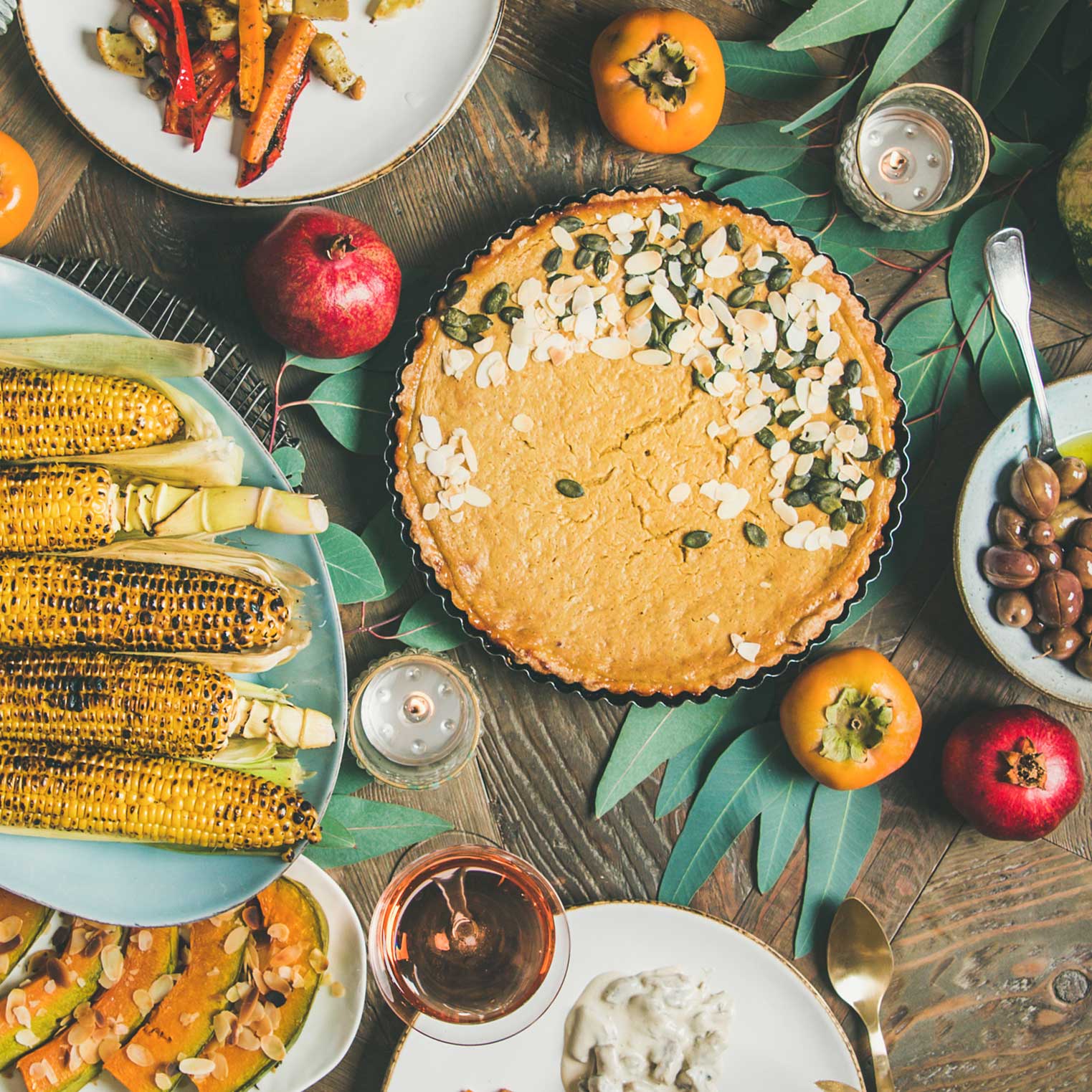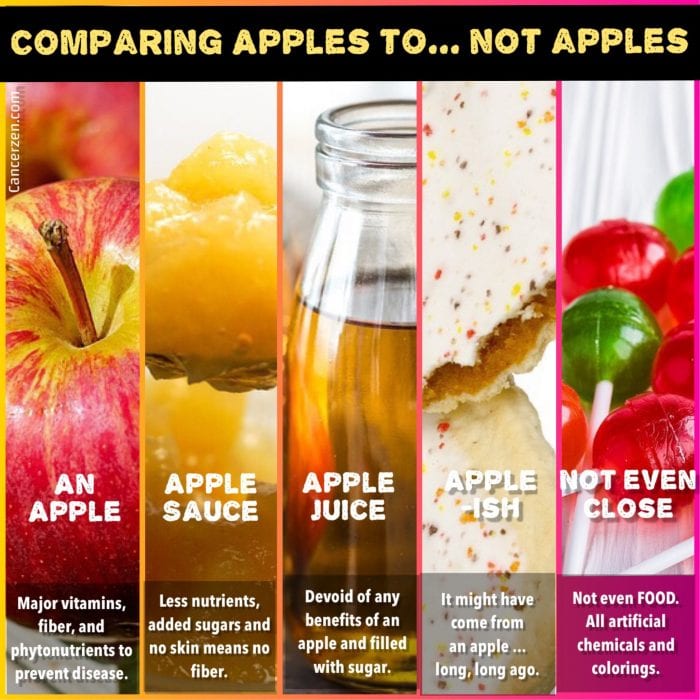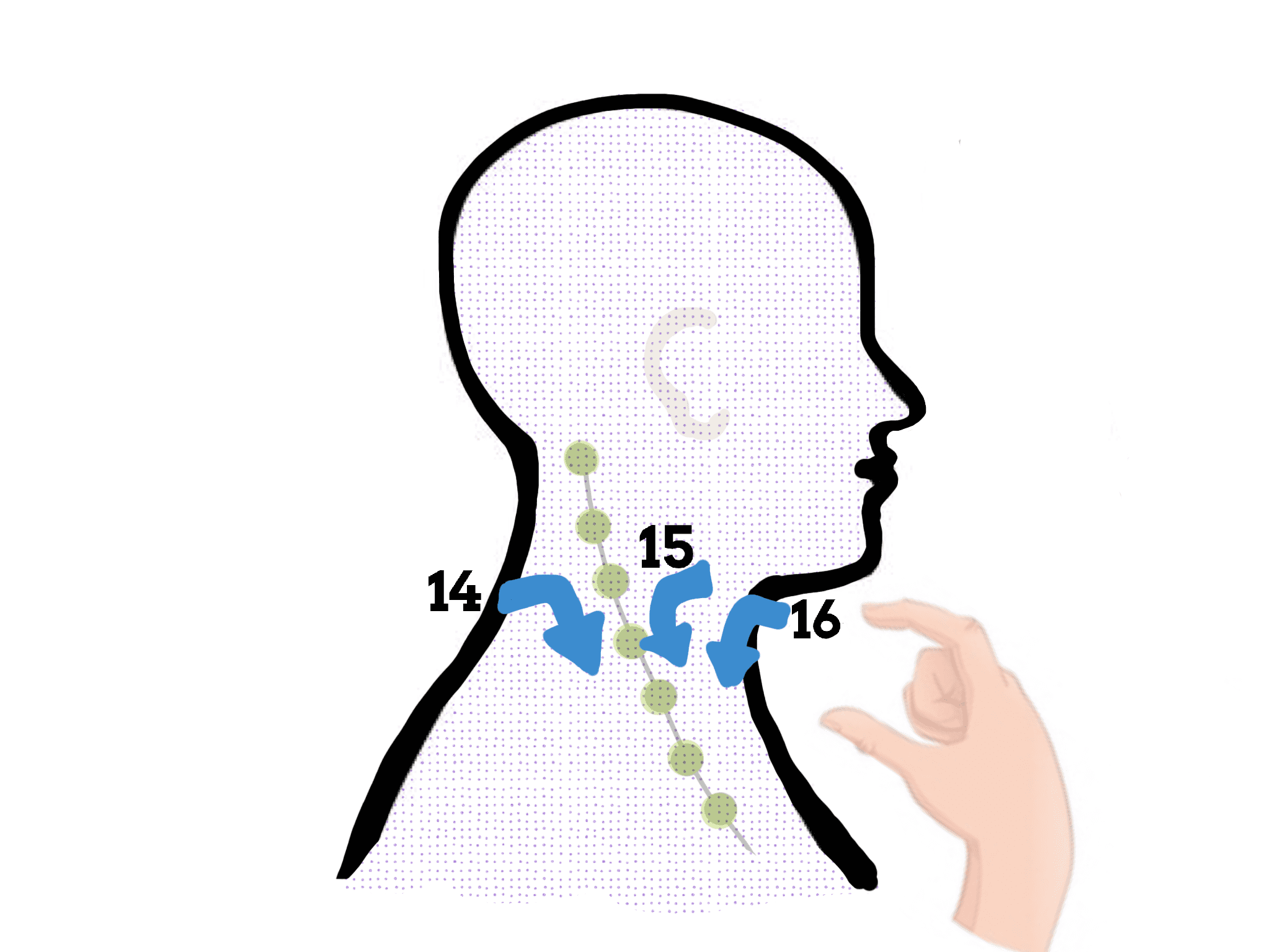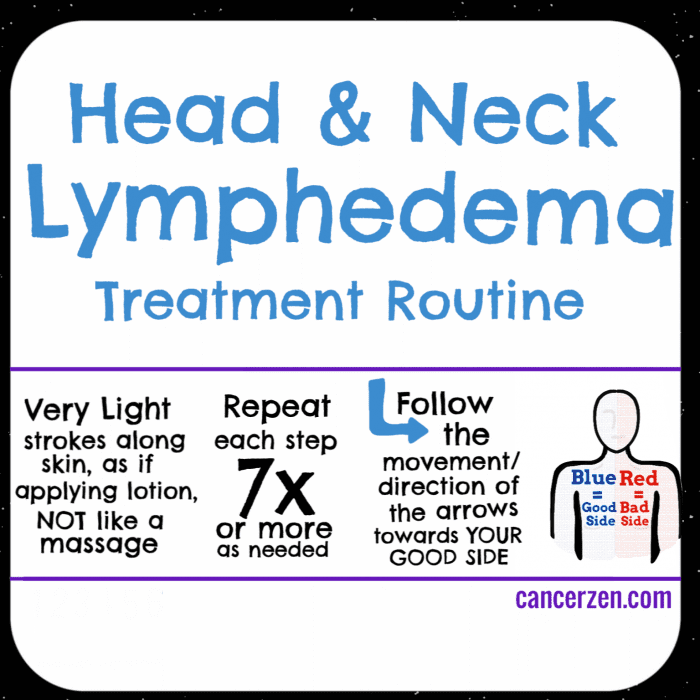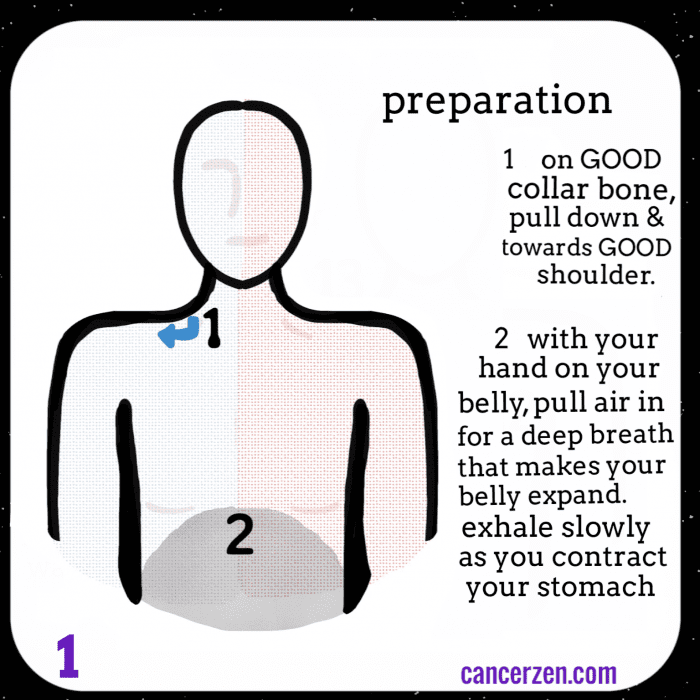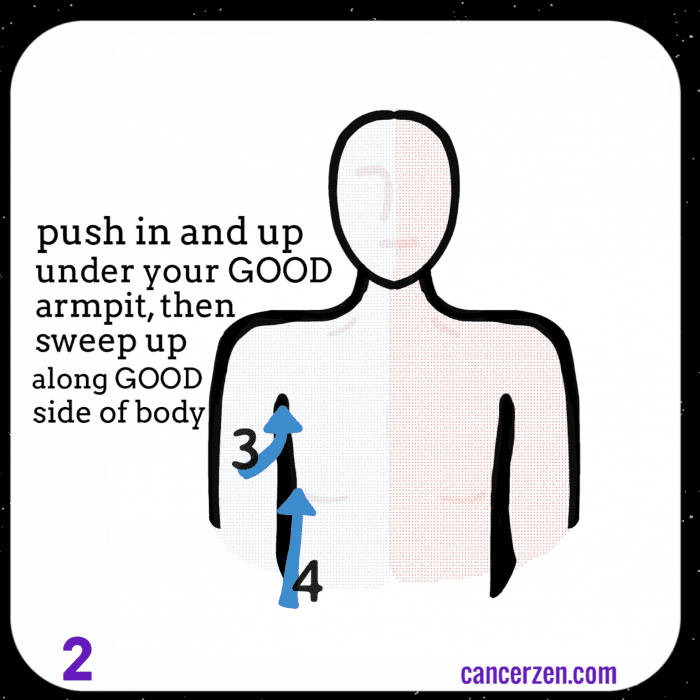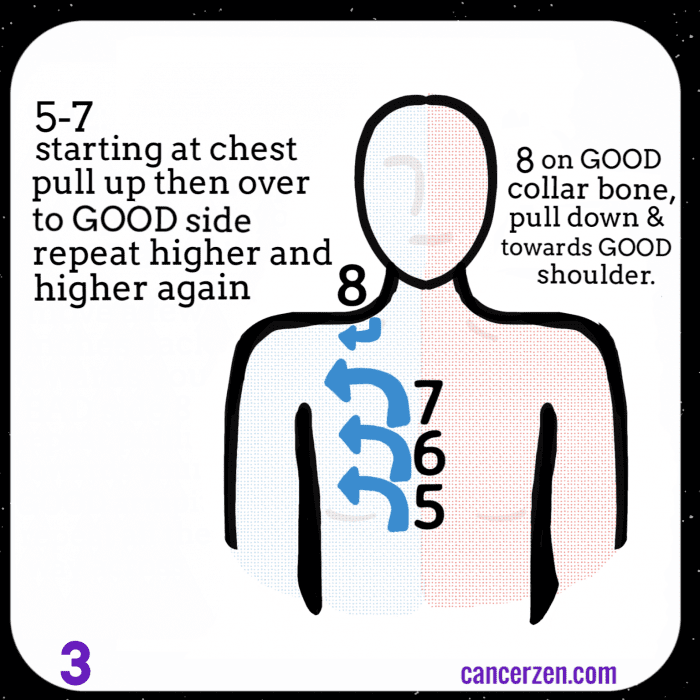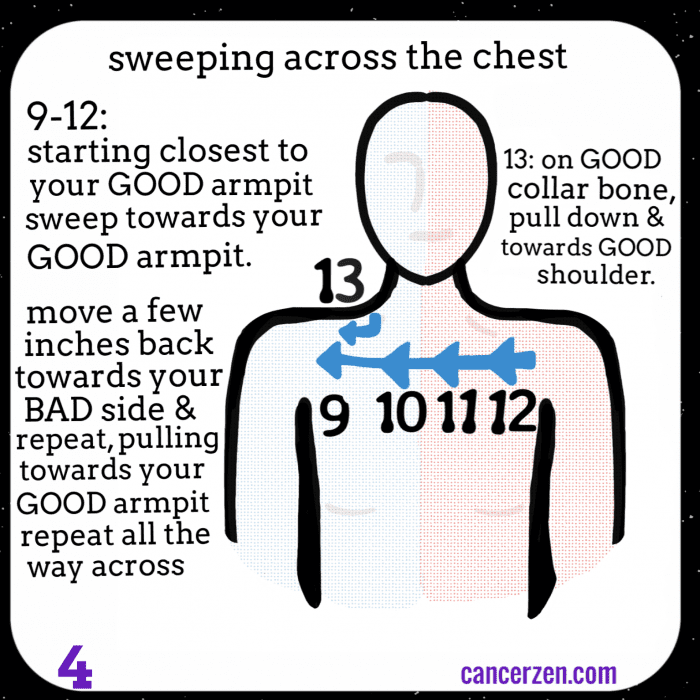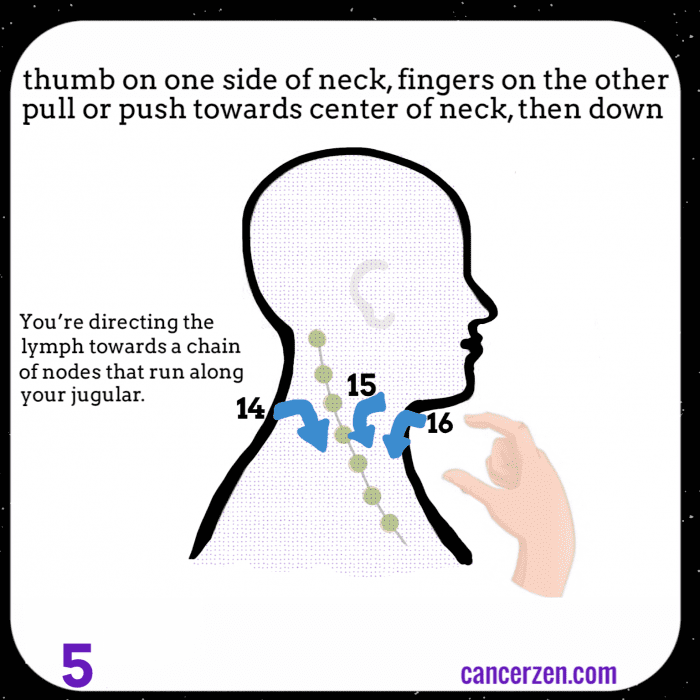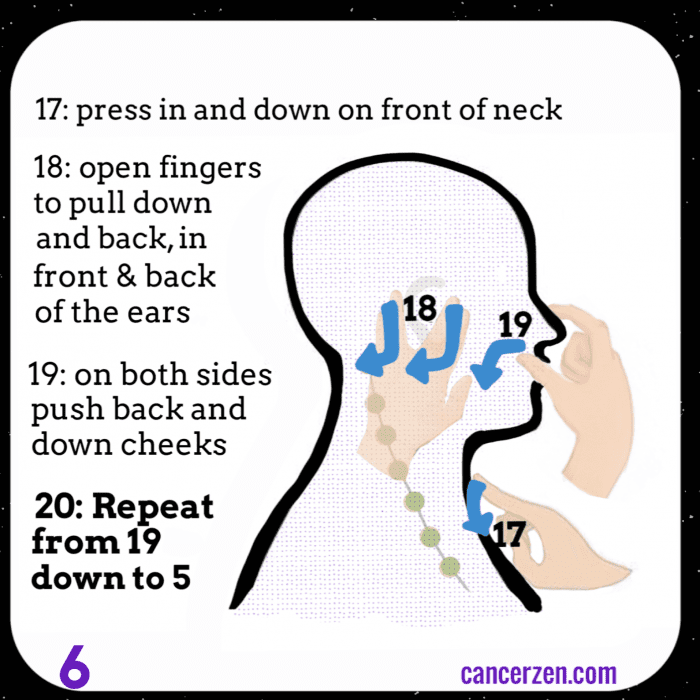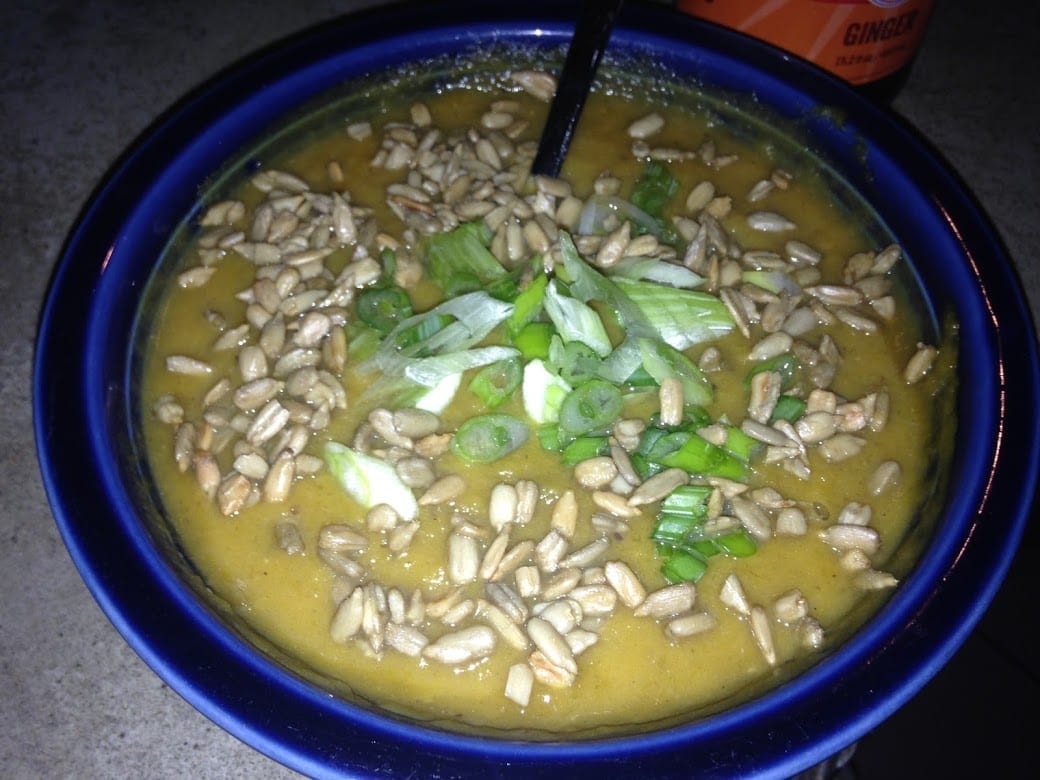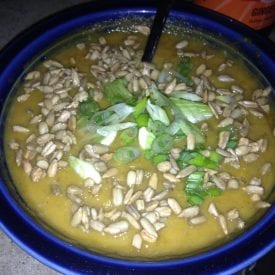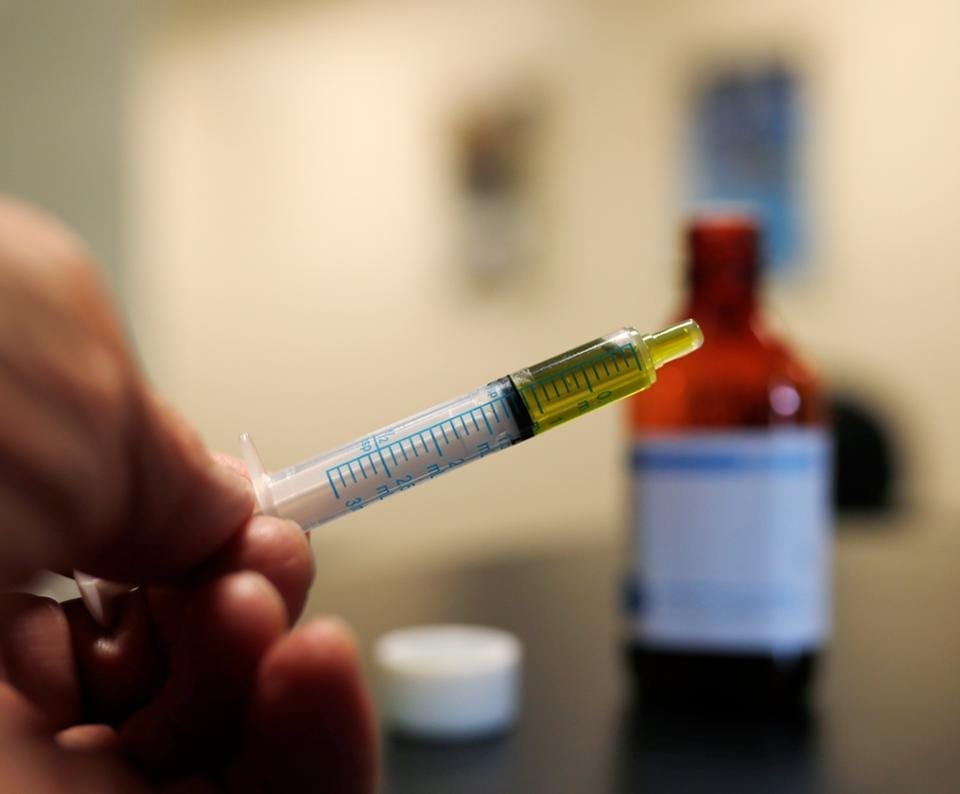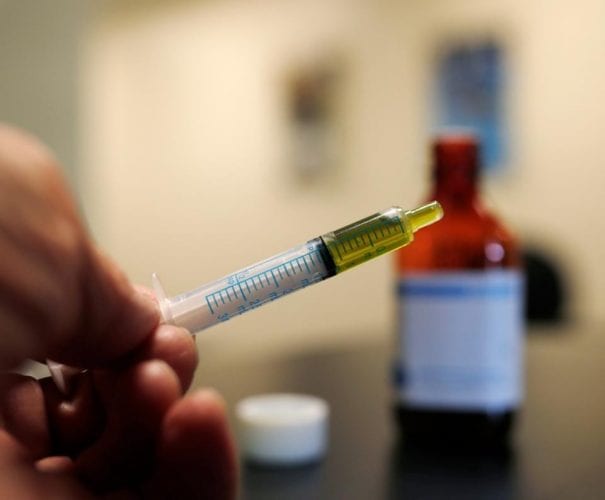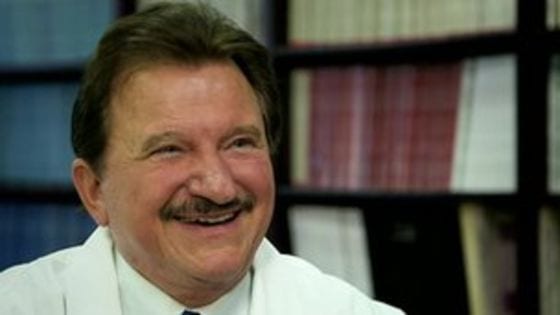For over 70 years parabens have been a key ingredient in beauty products. Parabens are preservatives that halt the growth of bacteria, fungus, and microbes in makeup and creams. Though you’ve probably never heard their names (such as propylparaben, ethylparaben, methylparaben, isobutylparaben, and butylparaben), you’ve no doubt used beauty products that contain them. Mascara, lotions, shampoos, and foundations—they all contain parabens. It has not been until recent times that scientists have begun to question the safety of our routinely coming into contact with parabens.
One potential danger of parabens is their suspected link to breast cancer. Parabens can mildly mimic artificial estrogen, which is highly suspected of causing breast cancer, and breast cancer tumors have been found to contain parabens.
Philippa Darbre, lecturer and researcher at the University of Reading in England, is one of those concerned about these possible links between parabens and cancer. As part of her investigation into the effects of estrogen on breast cancer, Darbre’s team identified parabens in 18 of 20 biopsies of breast cancer tumors. It is the ability of parabens to mimic estrogens that makes them a possible cause for cancer. As parabens are absorbed into the skin they play havoc with our endocrine systems, possibly causing breast cancer both in males and females.
And parabens can be easily absorbed into the skin as evidenced by another study performed in Denmark. Here the urine and blood of young completely healthy males were examined after paraben-containing lotions were smeared into their skin. Alarmingly the blood and urine already contained parabens just hours after exposer to the lotions. This study highlights the ability of parabens to quickly be absorbed into the skin, taken into the bloodstream, and eventually discharged from the body. A widely used, potentially dangerous chemical with the ability to go through the human system so quickly should be a cause for alarm.
Health Canada and the U.S Food and Drug Administration have both decided that the level of current exposer to parabens is not a threat. However, other organizations such as the U.S. Environmental Working Group are warning that while once-off exposer may be minimal, repeated exposer over time does build up to a potentially harmful level. Their research shows that a typical adult may make use of up to nine personal care products every day.
While the evidence does not conclusively decide that parabens are harmful, the evidence does show that it is wise to avoid parabens until we have proof that they are not harmful. But if parabens are almost universally used, how can you find the products that avoid them? Most of these products will proudly display on their labels that they are “paraben-free.” The next time you are at the grocery store, check the labels for this designation.
Some manufacturers have committed to seek a preservative that can replace parabens for the long term. For example, the Canadian Jamieson Laboratories already has five paraben-free products and is looking to expand that number among the vitamins, supplements, and skin creams that it produces.
As of yet, it is still difficult to find a viable replacement for parabens. Various possible substitutes include thyme, goldenseal root, oregano, grapefruit seed extract, rosemary, and lavender oil. The best substitute is easily beeswax based beauty products. These naturally-based alternatives are more healthy in numerous ways. And while the cost of parabens is generally much less than the natural alternatives, beeswax is an important exception. The key to phasing out the use of parabens is consumer demand. The next time you are shopping for healthy products, be sure to shop for those that have that “paraben-free” label.
SweBee’s Bee Salve is a fantastic option if you are looking for a paraben free moisturizer.


